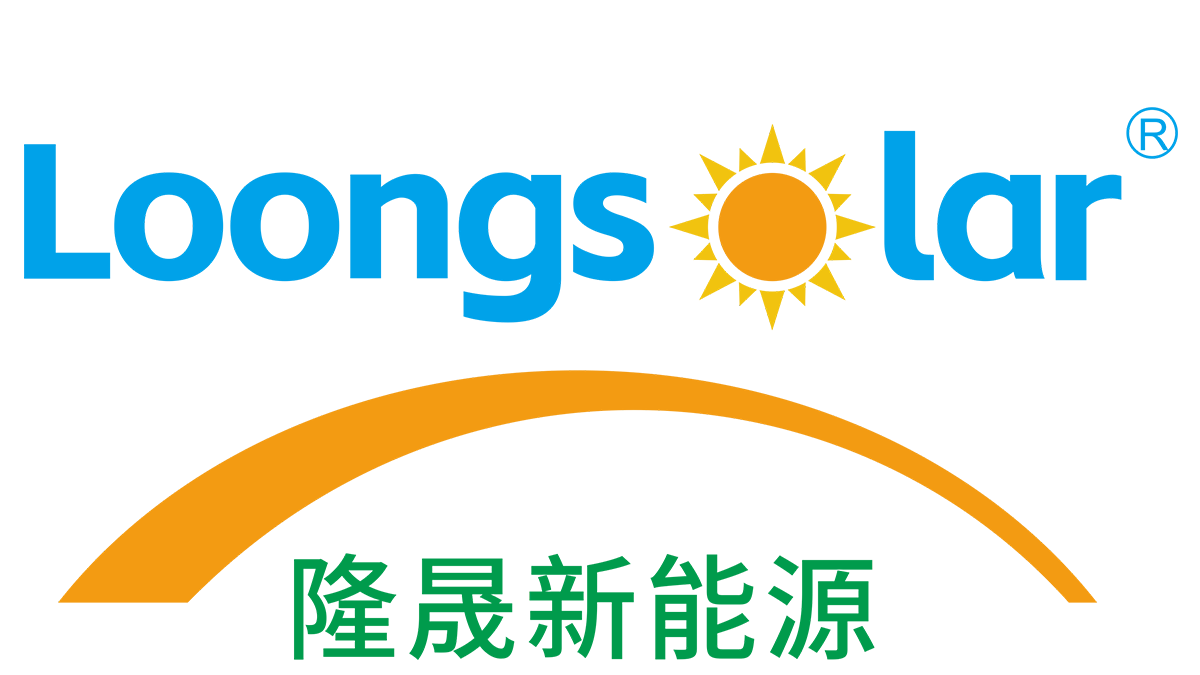Lightweight Aluminum Solar Mounting Systems Explained
Core Components of Aluminum Solar Racking
Aluminum solar racking systems are composed of several key components that ensure effective solar panel installation. The fundamental parts include rails, brackets, and clamps, essential for securely mounting solar panels. The lightweight nature of aluminum allows for easier handling during the installation process, contributing to reduced labor costs and installation time. This efficiency is particularly beneficial in solar panel installation projects across various environments. Furthermore, many of these components are designed to minimize shading on solar panels, enhancing their overall energy efficiency. Some innovative designs incorporate modularity, allowing for easy scalability as energy needs grow. This modularity is particularly advantageous for ground-mounted solar panels, which can be reconfigured as demand for solar energy systems for homes increases, paving the way for sustainable solutions.
Role in Modern Solar Energy Systems
Lightweight aluminum systems are integral to modern solar energy systems, optimizing energy harnessing configurations. By offering various mounting options, they facilitate higher energy output by minimizing shading and maximizing solar exposure. This adaptability aligns with sustainable energy goals and encourages the widespread adoption of solar technology across both residential and commercial sectors. Moreover, the design of aluminum mounting systems supports advancements in solar technology, often leading to the integration of smart energy management systems, which further enhance efficiency and sustainability. This advancement is essential in promoting solar energy systems for homes, which rely heavily on effective solar panel installation practices. As solar technology continues to evolve, aluminum mounting solutions offer the versatility needed to integrate emerging technological innovations seamlessly.
Aluminum vs. Steel: Why Lightweight Matters
Weight Comparison for Rooftop and Ground Installations
The significant weight advantage of aluminum over steel is crucial, especially for rooftop installations where structural support might be limited. Aluminum's lighter weight allows for easier and quicker installation without the need for extensive structural reinforcements, making it an ideal choice for many residential solar projects. Furthermore, on ground installations, the lightweight nature of aluminum reduces foundation requirements, thereby potentially lowering design and construction costs. Statistics from industry reports underscore this benefit, noting that aluminum systems can weigh up to 50% less than their steel counterparts, which leads to cost savings and broader application possibilities in solar installations.
Corrosion Resistance in Coastal and Humid Climates
Aluminum's superior corrosion resistance makes it invaluable for solar installations in coastal regions, where salty air poses significant risks to structural integrity. Its natural oxide layer offers robust protection against rust, unlike steel, which is susceptible to corrosion without regular maintenance. Studies show that aluminum systems can outlast steel even in humid environments, contributing to longer-lasting installations and reduced maintenance costs over time. This durability makes aluminum a financially attractive choice for installations in such climates, ensuring reliable performance and longevity for solar energy systems.
Cost-Efficiency Over 25+ Year Lifespan
Examining the lifespan costs reveals that the initial investment in aluminum solar systems is often offset by its long-term benefits. Aluminum's durability means lower replacement costs and reduced maintenance, which many studies project as generating up to 30% total cost reduction over a 25-year lifespan. Its lightweight properties further contribute to lower installation expenses, making it a cost-efficient choice for both rooftop and ground-mounted solar panels. By prioritizing the overall savings over a longer period, aluminum systems present an economically sustainable option for solar installations, supporting widespread adoption across various applications.
Simplified Installation for Home Solar Panels
Pre-Assembled Components for Faster Deployment
The adoption of pre-assembled mounting systems in the solar industry significantly simplifies the installation process for home solar panels. These systems enable quicker deployment, ensuring that quality is maintained without the need for extensive labor. This advancement is particularly beneficial in the current market, where labor shortages can slow down projects. By reducing the manpower needed, pre-assembled components help expedite installations, leading to a boost in solar energy system adoption in residential areas. This trend plays a vital role in meeting the growing demand for solar panel installations at homes.
Minimal Tools Required for DIY-Friendly Setup
One of the most appealing aspects of aluminum solar mounting systems is their minimal tool requirement, making them ideal for DIY projects. Homeowners who are eco-conscious and want to take control of their energy solutions can easily undertake solar installations without heavy reliance on contractors. The simplicity of these systems is supported by a wealth of instructional resources and tutorials, empowering more individuals to embrace solar energy. This approach makes sustainable energy accessible, fostering a broader adoption of solar panels for homes and encouraging green initiatives.
Integration With Residential Solar Energy Systems
Aluminum mounting systems are designed to integrate seamlessly with various residential solar panel designs, accommodating easy upgrades and expansions. Their adaptable nature means they can support emerging technologies, such as solar battery storage, thereby enhancing household energy efficiency. Users often share testimonials highlighting the straightforward installation process, which simplifies the transition to solar energy systems. This adaptability ensures that homeowners can continuously optimize their solar setup, promoting a sustainable lifestyle and boosting the practicality of installing solar panels at home.
Anodized Coatings for Weather Protection
Anodized aluminum coatings provide a robust layer of protection that significantly extends the lifespan of solar racking systems. This additional layer shields the racking from harsh environmental factors such as rain, wind, and UV exposure, making it especially crucial in regions prone to extreme weather conditions. By mitigating the impact of these elements, anodized coatings can prolong the life of solar systems by up to 20 years compared to untreated aluminum. Studies have confirmed this extended lifespan, emphasizing the importance of such coatings in maintaining the durability and performance of solar installations.
Wind Load Ratings Up to 140 MPH
Aluminum solar racking systems are meticulously engineered to endure wind load ratings of up to 140 MPH, ensuring stability even amid severe storms. These high wind load ratings make aluminum mounts an optimal choice for homeowners in hurricane-prone areas, offering peace of mind by significantly reducing the risks of panel detachment. Industry standards demonstrate that such robust systems tend to outperform average models, providing better resistance and reliability during extreme weather events.
Thermal Expansion Management
The design of aluminum racking systems thoughtfully addresses the issue of thermal expansion, which is essential for maintaining structural integrity during temperature fluctuations. Research highlights the potential for structural failures in solar panel systems if thermal expansion is not properly managed, making material quality crucial. This aspect is particularly vital for installations in regions with significant thermal variations, where temperature changes can stress unprepared components. By choosing aluminum racking systems that effectively manage thermal expansion, we can ensure that solar installations maintain their integrity and performance over time.
Optimizing Solar Panel Performance
Tilt Adjustment for Maximum Sun Exposure
Tilt adjustment features in solar panels are crucial for maximizing sun exposure and optimizing energy capture. By allowing users to alter the angle of the panels, these adjustments ensure optimal performance throughout varying seasonal sunlight conditions. Research indicates that employing tilt adjustments can enhance energy capture by up to 30% during peak production times, significantly boosting the efficiency of the solar energy system for homes. This feature not only improves performance but also extends the system's operational efficiency over its lifespan, making it a vital component in solar panel installations.
Ground-Mounted vs Rooftop Configurations
Choosing between ground-mounted and rooftop solar configurations can significantly influence the efficiency of your solar energy system. Ground-mounted solar systems generally offer benefits like reduced shading and enhanced airflow, which lead to improved energy efficiency compared to rooftop installations. However, rooftop configurations have their advantages, primarily capitalizing on existing structures and thus potentially reducing installation costs. Comparative studies emphasize the effectiveness of ground-mounted configurations, especially in varying climates, making them particularly suitable for larger areas where maximum sunlight exposure is desired.
Maintenance Best Practices
Regular maintenance is essential for optimizing the performance of solar panels over time. This involves tasks like cleaning the panels and checking all connections. Following best practice guidelines not only improves energy output but also prolongs the system's life, thus maximizing the return on investment. Experts recommend conducting annual inspections to ensure the system is functioning optimally. Such routine checks help in identifying minor issues before they escalate into significant problems, ensuring that the solar panels continue to deliver efficient energy production without interruption.






